Are you considering importing a car from China to Canada but feeling overwhelmed by the complexities involved? Look no further! Importing cars requires careful navigation of regulations, documentation, and compliance standards. In this comprehensive guide, we will delve into the essential steps and key regulations you need to understand to successfully bring your vehicle into Canadian territory. From determining vehicle eligibility to working with freight forwarders, this blog will equip you with the knowledge needed for a smooth import experience.
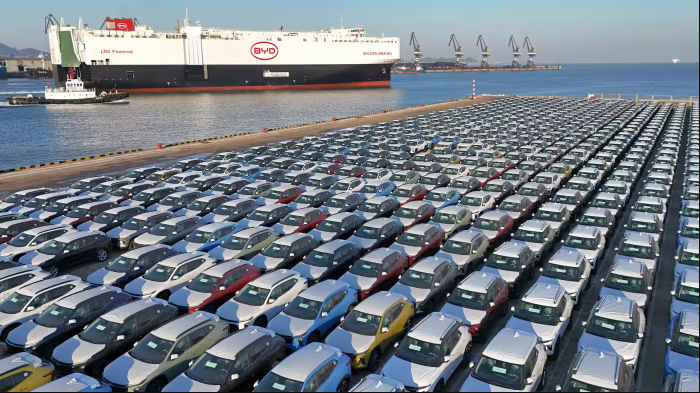
Understanding the Basics of Car Importation
What You Need to Know About Importing Vehicles
Importing a vehicle from China to Canada is a multifaceted process that requires a clear understanding of both countries’ regulations and requirements. As a prospective importer, you must familiarize yourself with various aspects, including vehicle eligibility, compliance with safety standards, and documentation requirements. The types of vehicles you can import may vary, and it is imperative to verify that the car meets Transport Canada standards. The benefits of importing vehicles include access to unique models and potentially lower prices, but it is essential to approach this process with adequate knowledge and preparation. For those considering expedited shipping, you may want to explore options like expedited shipping from china to canada.
Importance of Compliance with Canadian Regulations
Adhering to Canadian regulations is crucial when importing vehicles. Non-compliance can lead to delays, fines, or even the rejection of your import application. Canada has stringent regulations regarding vehicle safety and emissions, overseen by Transport Canada and the Canadian Environmental Protection Act. It’s vital to ensure that the vehicle adheres to the Canadian Vehicle Safety Standards (CVSS) and meets the required emissions standards set by the Canadian government. Ignoring these regulations not only affects the legality of your import but can also pose serious safety risks. For more detailed guidance on shipping logistics, you might consider consulting a freight forwarder from china to Canada.
Steps to Import a Car from China to Canada
Step 1: Determine Vehicle Eligibility for Import
Before you proceed with importing a vehicle, you must verify that the specific vehicle model is eligible for importation into Canada. Many vehicles from China may have restrictions based on age, safety standards, and emissions requirements. You can check the list of eligible vehicles on the Transport Canada website or consult with a licensed customs broker for guidance.
Step 2: Prepare Required Documentation
When importing a vehicle, specific documents are crucial for a smooth process. Below are the essential documents you will need to prepare:
Manufacturer’s Certification: This document certifies that the vehicle meets Canadian safety and emission standards. It is usually provided by the manufacturer.
Certificate of Origin: This document proves the vehicle’s origin, stating that it was manufactured in China. It’s often required for customs clearance.
Factory Inspection Report: This report indicates that the vehicle has passed a factory inspection and is compliant with both safety and quality standards.
Step 3: Apply for an Import License
Applying for an import license is a significant step in the car importation process. This license grants you permission to bring the vehicle into Canada. The application can be completed through the Canada Border Services Agency (CBSA), and it is essential to submit all required documentation for the license to be approved.
Step 4: Pay Applicable Tariffs and Taxes
When importing a vehicle, you will be required to pay various tariffs and taxes. These include the Goods and Services Tax (GST), Provincial Sales Tax (PST), and any customs duties that may apply. The rates can vary based on the vehicle’s value and type. It’s advisable to calculate these costs in advance to avoid any financial surprises. For assistance with these processes, consider looking into shipping costs from china to canada.
Step 5: Complete Customs Declaration Procedures
Once you have received your import license and paid the necessary tariffs and taxes, the final step is to complete the customs declaration procedures. This process involves submitting all relevant documents to the CBSA upon the vehicle’s arrival in Canada. Ensure that all paperwork is accurate and complete to facilitate a smooth customs clearance process. It’s essential to work closely with a freight forwarder or customs broker, such as Dantful International Logistics, to ensure that all procedures are correctly followed, and any unforeseen challenges are addressed promptly. You can find more information about their services here.
By following these steps diligently, you can streamline the process of importing a vehicle from China to Canada, ensuring compliance and facilitating a successful transaction.
READ MORE:
- Shipping From China to the USA
- Shipping From China TO Canada
- Shipping From China TO Mexico
- Shipping From China to Panama
- Shipping From China to Costa Rica
- Shipping From China to Brazil
- Shipping From China TO Colombia
- Shipping From China to Jamaica
- Shipping From China to Venezuela
- Shipping From China to Argentina
Key Regulations and Standards for Imported Vehicles
Overview of Canadian Vehicle Safety Standards
When considering the importation of vehicles from China to Canada, a comprehensive understanding of the Canadian Vehicle Safety Standards (CVSS) is essential. These standards are mandated by the Motor Vehicle Safety Act, which ensures that all vehicles meet specific safety criteria before they can be registered and driven on Canadian roads. Key aspects of the CVSS include:
- Crashworthiness: Vehicles must undergo rigorous testing to ensure they can withstand collisions and protect occupants.
- Braking Systems: Standards require that vehicles are equipped with effective and reliable braking systems, capable of stopping the vehicle within a specified distance.
- Lighting and Visibility: All imported vehicles must have proper lighting systems to ensure visibility at night and during adverse weather conditions.
- Tires and Load Rating: Imported vehicles must be fitted with tires that meet Canadian standards for load capacity and performance.
- Child Safety: Regulations include requirements for child restraint systems and other safety measures to protect young passengers.
It is crucial to ensure that the vehicle complies with these standards, as non-compliance can lead to costly penalties, including the inability to register the vehicle in Canada. For further details, the full list of standards can be accessed through the Government of Canada’s official website regarding vehicle safety here.
Emission Standards for Imported Cars
In addition to safety standards, imported vehicles must also conform to Canada’s stringent emission standards. These regulations are designed to minimize the environmental impact of vehicles on air quality and public health. Key points include:
- Compliance with Environmental Regulations: Imported vehicles must meet the requirements set forth by the Canadian Environmental Protection Act (CEPA), which governs emissions of pollutants such as carbon monoxide, nitrogen oxides, and hydrocarbons.
- Testing Procedures: Vehicles are subject to various emissions testing protocols, including On-Board Diagnostics (OBD) checks, to ensure they are operating within limits.
- Certification: Only vehicles that pass these tests will receive a Certificate of Conformity, which is necessary for registration in Canada.
For detailed information on emissions regulations, refer to the Government of Canada’s website dedicated to environmental protection here.
The Role of Freight Forwarders in Car Importation
How Freight Forwarders Facilitate the Import Process
Freight forwarders play a pivotal role in simplifying the complex process of importing vehicles from China to Canada. They act as intermediaries between exporters and importers, ensuring that all logistical aspects are efficiently handled. Key functions of freight forwarders include:
- Shipping Coordination: Freight forwarders manage the entire shipping process, including selecting appropriate shipping methods such as ocean freight or air freight depending on urgency and budget.
- Customs Clearance: They possess the expertise to navigate customs regulations, ensuring that all necessary paperwork is in order, and duties are paid, facilitating a smooth clearance process. For more information on this aspect, check our Customs Clearance services.
- Insurance Coverage: Freight forwarders often provide options for cargo insurance, protecting your investment during transit.
- Consolidation Services: For those importing multiple vehicles, freight forwarders can consolidate shipments, reducing overall costs.
By leveraging the expertise of freight forwarders like Dantful International Logistics, you can streamline the import process, saving both time and money. For specific inquiries related to shipping from China, please visit our freight forwarder from china to Canada page.
Benefits of Using a Freight Forwarder for Vehicle Imports
Engaging a freight forwarder for vehicle imports presents numerous advantages:
- Expert Knowledge: Freight forwarders possess extensive knowledge of both international shipping laws and local regulations, ensuring compliance and minimizing delays.
- Cost Efficiency: They can negotiate better shipping rates due to their relationships with carriers, ultimately reducing your importation costs.
- Time Savings: By managing logistics, customs clearance, and documentation, freight forwarders allow you to focus on other aspects of your business.
- Risk Management: With their experience in handling international shipments, freight forwarders can foresee potential issues and mitigate risks effectively.
In conclusion, collaborating with a professional freight forwarder like Dantful International Logistics can significantly enhance your experience in importing vehicles from China to Canada, ensuring that you navigate the complexities of regulations and logistics with ease. For more information on our comprehensive services, including Door to Door Shipping, please visit our website.
Common Challenges When Importing Cars from China
Navigating Bureaucratic Hurdles
Importing a vehicle from China to Canada can be a complex process, primarily due to the intricate bureaucracy involved. One of the most pressing challenges is understanding the regulations set forth by the Canada Border Services Agency (CBSA) and adhering to the various provincial regulations.
Importers often face delays caused by inadequate or improper documentation. Missing forms such as the Manufacturer’s Certification or the Certificate of Origin can lead to customs delays, fines, or even the rejection of the import altogether. Furthermore, the process requires careful attention to detail; even minor discrepancies in paperwork can result in significant hold-ups.
To tackle these bureaucratic hurdles, it is essential to:
- Stay informed about the latest regulations: Regularly check updates from CBSA and the Transport Canada website.
- Organize your documentation thoroughly: Ensure all required paperwork is complete and readily available.
- Engage with experienced professionals: Hiring a knowledgeable freight forwarder or customs broker can streamline the process. Companies like Dantful International Logistics specialize in navigating these challenges effectively, providing you with a smooth import experience.
Ensuring Compliance with Safety and Emission Standards
Another major challenge in importing cars from China is ensuring compliance with Canadian Vehicle Safety Standards (CVSS) and environmental regulations. The Canadian government maintains strict safety and emission standards to protect consumers and the environment.
To avoid complications, it is crucial for importers to verify that the vehicle meets the Canadian Standards Association (CSA) regulations. Vehicles that do not comply face the risk of being rejected by customs at the border or requiring expensive modifications to meet safety standards. Furthermore, emissions regulations need to be adhered to, as vehicles must comply with the Canadian Environmental Protection Act (CEPA).
Here are some strategies to ensure compliance:
- Conduct Pre-Import Inspections: Before shipping, ensure the vehicle undergoes necessary inspections in China, confirming it meets Canadian standards.
- Consult with Experts: Collaborating with professionals who understand the technical specifications required in Canada can save you from costly mistakes.
- Utilize Reliable Freight Forwarding Services: Companies like Dantful International Logistics not only provide comprehensive shipping solutions but also ensure that all regulatory requirements are met, minimizing the risk of compliance issues.
Tips for a Smooth Import Experience
Choosing the Right Shipping Method
Selecting the appropriate shipping method is critical for a successful importation of vehicles from China to Canada. Common options include Ocean Freight, Air Freight, and Rail Freight. Each method has its pros and cons, and the choice often depends on factors such as budget, urgency, and the nature of the vehicle being imported.
- Ocean Freight: This is the most cost-effective option for shipping large or heavy vehicles. While it takes longer (approximately 20-40 days depending on the destination port), it is ideal for bulk shipments and provides ample space. Learn more about how much is ocean freight from China.
- Air Freight: For those needing faster delivery, air freight is the quickest option, taking only a few days. However, it is significantly more expensive and best suited for high-value vehicles or urgent shipments. Explore options for air freight from China to Canada.
- Rail Freight: If the route is available, rail can be an economical and efficient alternative, balancing cost and speed.
Consider working with Dantful International Logistics, as we specialize in providing tailored solutions based on your specific import needs.
Working with Trusted Customs Brokers
Engaging a reliable customs broker is imperative for a seamless import experience. Customs brokers are licensed professionals who facilitate the import process by ensuring that all documents are in order and that you comply with government regulations.
By collaborating with a trusted customs broker, you can benefit from:
- Expert Guidance: They can advise on current regulations, potential duties, and taxes applicable to your vehicle import.
- Streamlined Processes: Customs brokers expedite the customs clearance process, minimizing delays and potential penalties.
- Risk Mitigation: A knowledgeable broker can help you navigate potential pitfalls, ensuring compliance with all safety and emission standards.
At Dantful International Logistics, our team of experienced customs brokers is ready to assist you from the moment you consider importing your vehicle, ensuring a smooth and successful experience.
In summary, while challenges exist in importing cars from China to Canada, understanding bureaucratic processes, ensuring compliance with safety and emission standards, and making informed shipping choices can significantly enhance your import experience. Partnering with a professional logistics provider like Dantful International Logistics can further simplify the journey, providing comprehensive support throughout the process.

Young Chiu is a seasoned logistics expert with over 15 years of experience in international freight forwarding and supply chain management. As CEO of Dantful International Logistics, Young is dedicated to providing valuable insights and practical advice to businesses navigating the complexities of global shipping.



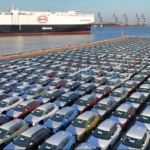





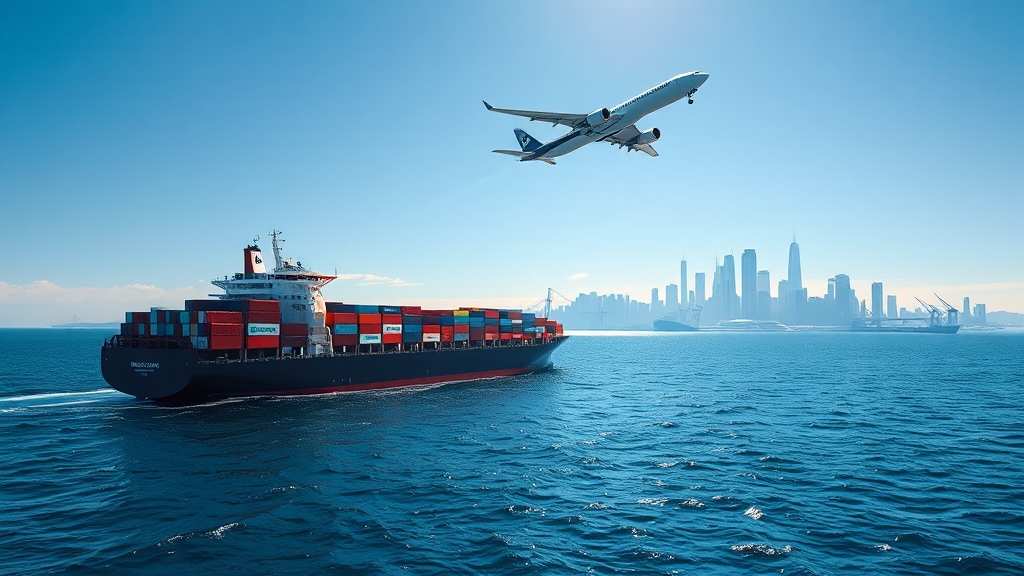

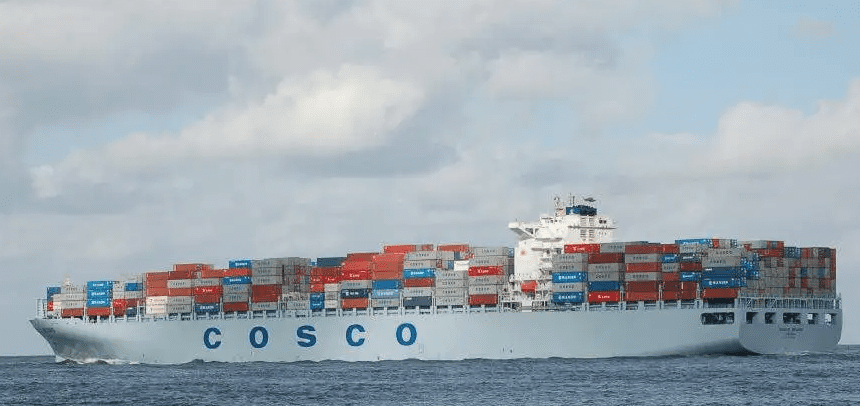
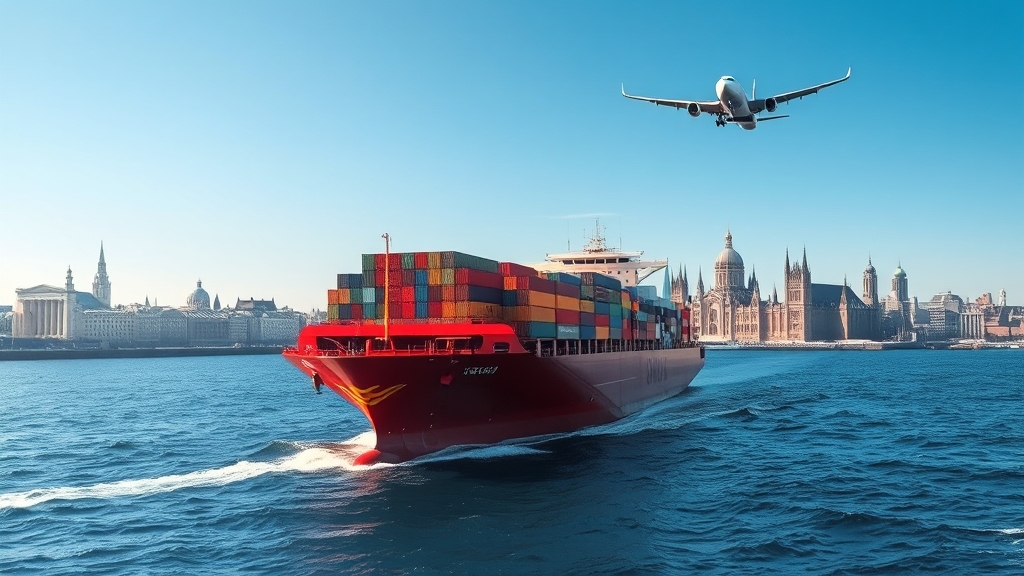

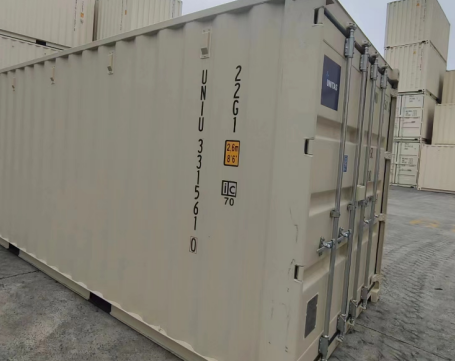

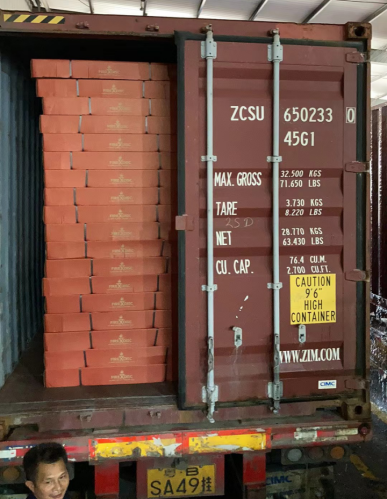

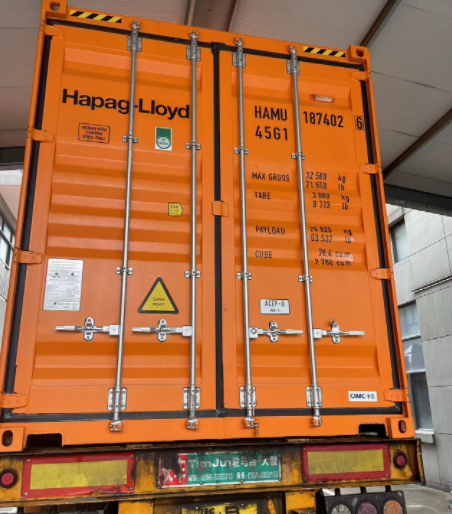
 Afrikaans
Afrikaans Shqip
Shqip አማርኛ
አማርኛ العربية
العربية Հայերեն
Հայերեն Azərbaycan dili
Azərbaycan dili Euskara
Euskara Беларуская мова
Беларуская мова বাংলা
বাংলা Bosanski
Bosanski Български
Български Català
Català Cebuano
Cebuano Chichewa
Chichewa 简体中文
简体中文 繁體中文
繁體中文 Corsu
Corsu Hrvatski
Hrvatski Čeština
Čeština Dansk
Dansk Nederlands
Nederlands English
English Esperanto
Esperanto Eesti
Eesti Filipino
Filipino Suomi
Suomi Français
Français Galego
Galego ქართული
ქართული Deutsch
Deutsch Ελληνικά
Ελληνικά Kreyol ayisyen
Kreyol ayisyen Harshen Hausa
Harshen Hausa Ōlelo Hawaiʻi
Ōlelo Hawaiʻi עִבְרִית
עִבְרִית हिन्दी
हिन्दी Hmong
Hmong Magyar
Magyar Íslenska
Íslenska Igbo
Igbo Bahasa Indonesia
Bahasa Indonesia Gaeilge
Gaeilge Italiano
Italiano 日本語
日本語 Basa Jawa
Basa Jawa ಕನ್ನಡ
ಕನ್ನಡ Қазақ тілі
Қазақ тілі ភាសាខ្មែរ
ភាសាខ្មែរ 한국어
한국어 كوردی
كوردی Кыргызча
Кыргызча ພາສາລາວ
ພາສາລາວ Latin
Latin Latviešu valoda
Latviešu valoda Lietuvių kalba
Lietuvių kalba Lëtzebuergesch
Lëtzebuergesch Македонски јазик
Македонски јазик Malagasy
Malagasy Bahasa Melayu
Bahasa Melayu മലയാളം
മലയാളം Maltese
Maltese Te Reo Māori
Te Reo Māori मराठी
मराठी Монгол
Монгол ဗမာစာ
ဗမာစာ नेपाली
नेपाली Norsk bokmål
Norsk bokmål پښتو
پښتو فارسی
فارسی Polski
Polski Português
Português ਪੰਜਾਬੀ
ਪੰਜਾਬੀ Română
Română Русский
Русский Samoan
Samoan Gàidhlig
Gàidhlig Српски језик
Српски језик Sesotho
Sesotho Shona
Shona سنڌي
سنڌي සිංහල
සිංහල Slovenčina
Slovenčina Slovenščina
Slovenščina Afsoomaali
Afsoomaali Español
Español Basa Sunda
Basa Sunda Kiswahili
Kiswahili Svenska
Svenska Тоҷикӣ
Тоҷикӣ தமிழ்
தமிழ் తెలుగు
తెలుగు ไทย
ไทย Türkçe
Türkçe Українська
Українська اردو
اردو O‘zbekcha
O‘zbekcha Tiếng Việt
Tiếng Việt Cymraeg
Cymraeg יידיש
יידיש Yorùbá
Yorùbá Zulu
Zulu